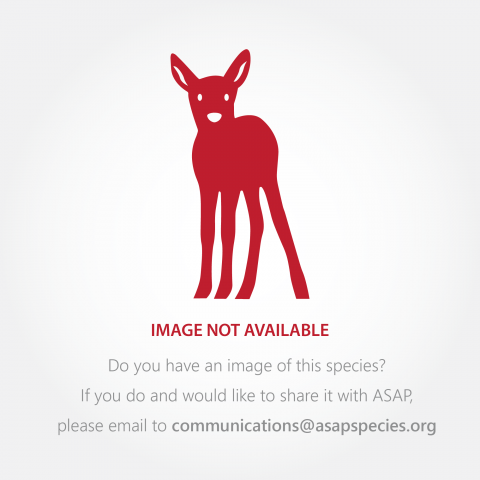Conservation Actions
Presbytis femoralis is only found in Singapore and southern Peninsular Malaysia. The conservation of this species would rely on long-term cross-border collaboration. In 2016, an IUCN Species Action Plan for the conservation of P. femoralis was developed, and the Raffles’ Banded Langur Working Group was formed with representatives from government agencies, non-governmental organizations, universities, and experts from both countries. The goals of the action plan were threefold: (i) to recover and protect P. femoralis in the wild; (ii) to gather key data through ongoing studies; and (iii) to secure the necessary resources and commitments for long-term conservation of the species (Ang et al. 2016).
Field monitoring of P. femoralis populations in Singapore and Malaysia in recent years has resulted in a better understanding of their behaviour, ecology, and conservation needs (e.g. Najmuddin et al. 2019a, Lee et al. 2021, Ang and Jabbar 2022). In Singapore, two rope bridges were installed by the National Parks Board to facilitate safe crossing of the langurs over roads (Ow et al. in prep). Similarly in Gunung Panti, Malaysia, a rope structure for primates was installed by the Malaysian Nature Society (Johor) (Chong 2020). In the long term, conservation translocation of individuals of P. femoralis between Singapore and Malaysia might need to be considered to restore and maintain the genetic diversity of the populations.
This species is on CITES Appendix II. It is protected in Peninsular Malaysia under Schedule 2 of the Wildlife Conservation (Amendment of Schedule) Order 2012 under the Presbytis spp. group. In Singapore, it is protected under the Protected Wildlife Species Rules 2020 of the Wildlife Act (Chapter 351) as Presbytis femoralis femoralis.
Location Information
This species is found in southern Peninsular Malaysia (from extreme south of Pahang State into Johor State) and the Republic of Singapore.Geographic Range
Extant
Malaysia, Singapore
Population Information
In Singapore, Raffles’ Banded Langurs are only found in the Central Catchment Nature Reserve (Hüttche 1994, Ang 2010) and are no longer found in the Bukit Timah Nature Reserve after the last individual there was killed by dogs in 1987 (Yang and Lua 1988). One individual was reported at the Dairy Farm Nature Park (Khoo et al. 2021). As of 2022, there were 70 individuals in the Singapore population of P. femoralis with the sex ratio (male to female to unknown) of 26:24:20 (Ang and Jabbar 2022).
In Malaysia, most of the populations occur in the state of Johor which are isolated from each other (Endau Rompin National Park, Gunung Arong, Gunung Belumut, Gunung Lambak, Gunung Panti, Gunung Pulai, Kampung Johor Lama), with only one known population in the state of Pahang (Rompin State Park). It is believed that only a few hundred individuals remain in the Malaysian states of Johor and Pahang (Abdul-Latiff et al. 2019, Ang 2020).
Threats
Deforestation and habitat conversion continue to be the major threats to this species. It is particularly affected by forest clearance and disturbance from Singapore’s urban development and oil palm plantations in Malaysia. As a result, known populations are distributed in fragmented habitats, and fragmentation is thus recognized as additional stressor. The populations in Malaysia and Singapore are isolated from one another by the Strait of Johor. In Singapore, P. femoralis showed low genetic variability (Ang et al. 2012, Srivathsan et al. 2016), and there is a lack of data on this species from Malaysia, where population numbers and distribution are not up to date.
Casualties in both countries have been recorded as individuals attempt to travel between fragmented habitats using roads and electrical wires (Ang and Jabbar 2020, N. Ruppert, pers. obs.). Predation events are rare, though the langurs were observed to be killed by eagles (Fam and Nijman 2011) and dogs (Yang and Lua 1988, Najmuddin et al. 2019b). In Malaysia, additional threats occur from human-wildlife interactions when the langurs enter residential areas to consume garden fruits (Z. H. Lee, pers. obs.).
Partners
IUCN Red List Account Link
Please click here to see the species' IUCN Red List Account page.Photo Credits
Lee Zan Hui





